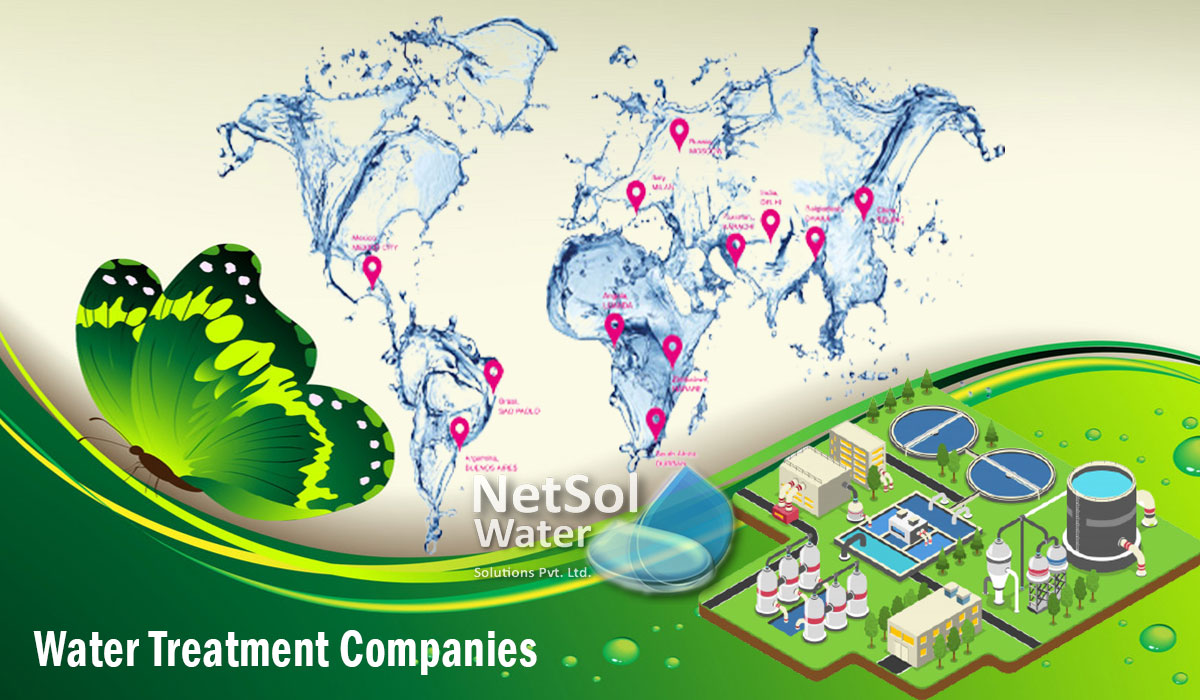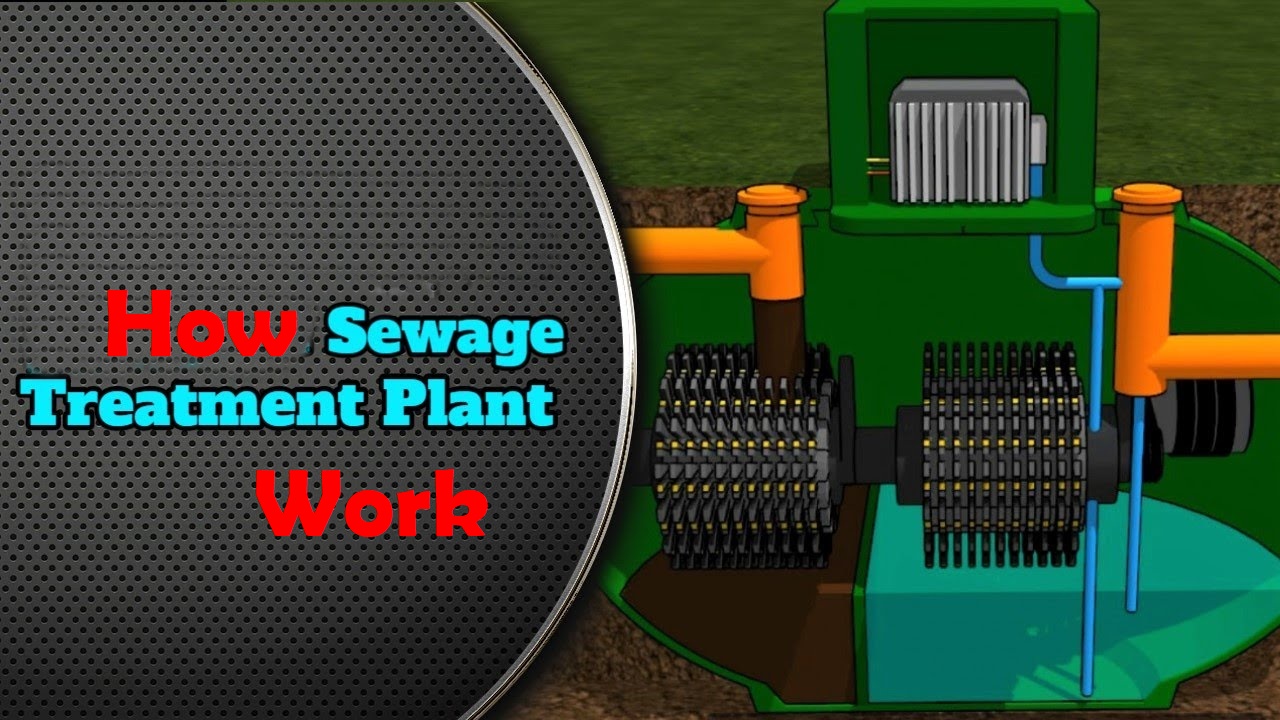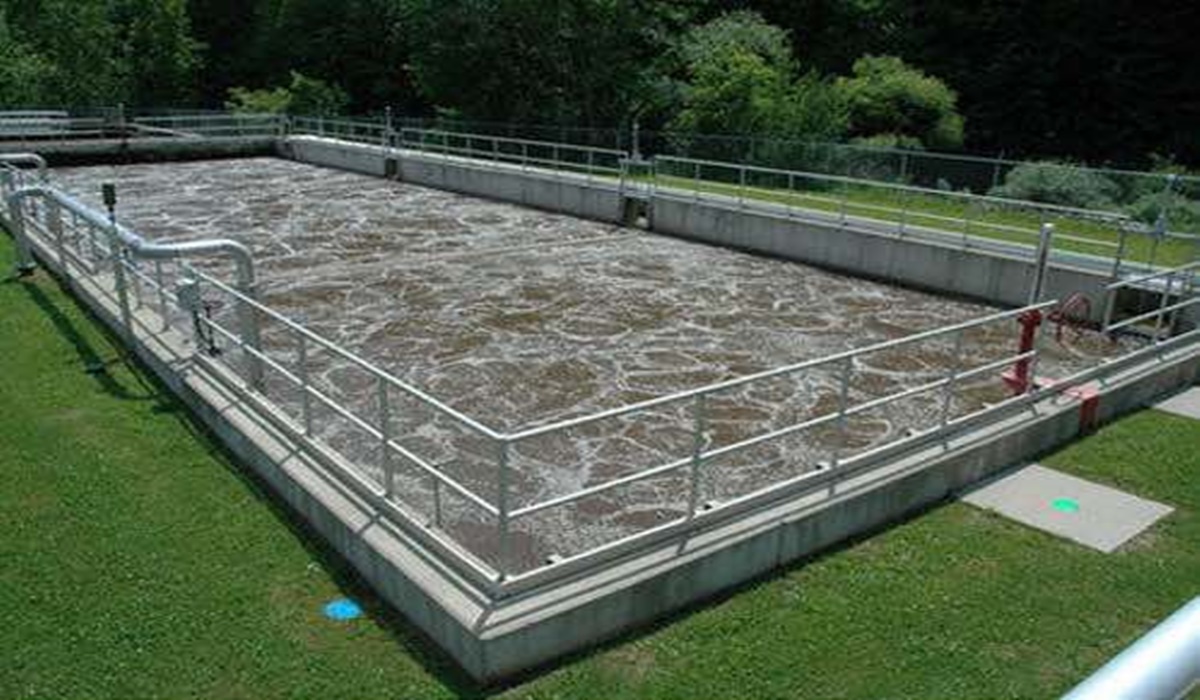Water is our most precious resource and access thereto may be a basic right. There are many Wastewater Treatment Companies worldwide to help and save the most precious resource on earth. However, declining water quality has become a worldwide concern. It can directly influence the value of providing water by utilities, reduce the quantity of water available to be used, and indirectly affect human health. pollution mostly occurs as a result of agriculture run-off, domestic sewage, and industrial effluents.
The growth of the water and wastewater treatment market is primarily driven by a rapidly growing population and urbanization, increasing demand for brand spanking new water resources, growing concerns of water quality and public health, and increasing prevalence of water-borne diseases.
Therefore, the water treatment plants became imperative to scale back the pollution. These plants collect effluent from industrial and municipal sources and treat it to A level of purification that permits its reuse in agriculture, industry, and whilst a potable drinking source.
Here are the top 11 water and wastewater treatment companies –
1. Netsol Water Solutions Private Limited (India)
Netsol Water Solutions from its establishment in the year 2006, a pioneer in wastewater treatment and manufacturer of ace machines like Sewage Treatment Plant (STP), Small Sewage Treatment Plant, Modern Compact Sewage Treatment Plant, Effluent Treatment Plant (ETP), Commercial RO Plant and Industrial RO Plants. Our Clients are highly satisfied with our service. The company also deals in organic waste treatment by its machine: Geen Waste Converter and latest Water ATM solutions in India and worldwide.
2. Suez Environment S.A. (France)
Suez Environment S.A. was founded in 2000 and is headquartered in Paris, France. The company provides water management, recycling and waste recovery, water treatment, and consulting services. It operates in four business segments, namely Water Europe, Recycling and Recovery Europe, International, and Other segments.
3. Xylem Inc. (U.S.)
Xylem, Inc. was founded in 2011 and is headquartered in Rye Brook, U.S.; The Company is engaged in the design, manufacture, and service of engineered solutions for water and wastewater applications. It operates through three business segments, namely Water Infrastructure, Applied Water, and Sensus.
4. Dow Water & Process Solutions (U.S.)
Dow Water & Process Solutions was founded in 1985 and is headquartered in Edina, U.S.; The Company is engaged in the manufacturing, marketing, and sale of water purification and separation solutions.
5. Evoqua Water Technologies Corporation (U.S.)
Evoqua Water Technologies Corporation was founded in 2013 and is headquartered in Pittsburgh, U.S. The company is engaged in the designing, developing, and manufacturing of water and wastewater treatment systems. It operates through various segments, including food and beverage, life sciences, marine, mining, power, semiconductor and solar, drinking water and municipal wastewater treatment, industrial, institutional, and aquatics.
6. BASF SE (Germany)
BASF SE was founded in 1865 and is headquartered in Germany; BASF Corporation is the largest affiliate of BASF SE, involved in the manufacturing and supplying of various products. It operates through five business segments, namely Chemicals, Performance Products, Functional Material, and Solutions, Agriculture Solutions, and Oil & Gas.
7. 3M (U.S.)
3M was founded in 1902 and is headquartered in Minnesota, U.S. It operates as a diversified technology company worldwide. The company is engaged in the automotive, commercial solutions, communications, design and construction, electronics, energy, health care, manufacturing, mining, oil and gas, safety, and transportation sectors.
8. Pentair Plc (U.S.)
Pentair plc was founded in 1966 and is headquartered in London, U.K. The company is engaged in the design and manufacture of energy, food and beverage, industrial, infrastructure, and residential & commercial. The company operates through two segments, Water and Electrical.
9. ITT Inc. (U.S.)
ITT Inc. was founded in 1920 and is headquartered at White Plains, U.S. The company manufactures and sells engineered critical components and customized technology solutions for the energy, transportation, and industrial markets worldwide.
10. Kingspan Environment Ltd. (Ireland)
Kingspan Environmental Ltd. was founded in 1965 and is headquartered in Co. Armagh Portadown, Northern Ireland, U.K. The company is engaged in insulated panel systems, insulation, architectural facade systems, controlled environments, ductwork, wastewater management, and access floors.
11. United Utilities Group PLC (U.K.)
United Utilities Group PLC was founded in 1995 and is headquartered in Warrington, U.K. The company provides water and wastewater services in the North West of England. The company serves approximately 3 million households; and approximately 200,000 businesses, including manufacturing companies and small shops
Scope of the Report:
Water and Wastewater Treatment Market and Technologies Market of the companies some major criteria are given below-
- Treatment Technologies
- Delivery Equipment
- Treatment Chemicals
- Instrumentation
The author of this blog is not taking any responsibility for their ranking and listing of the companies ranking in the market. The blog is written on a research basis and following some criteria. Feel free to connect with us for adding and modification in the Listing.


 [Featured]
[Featured]
